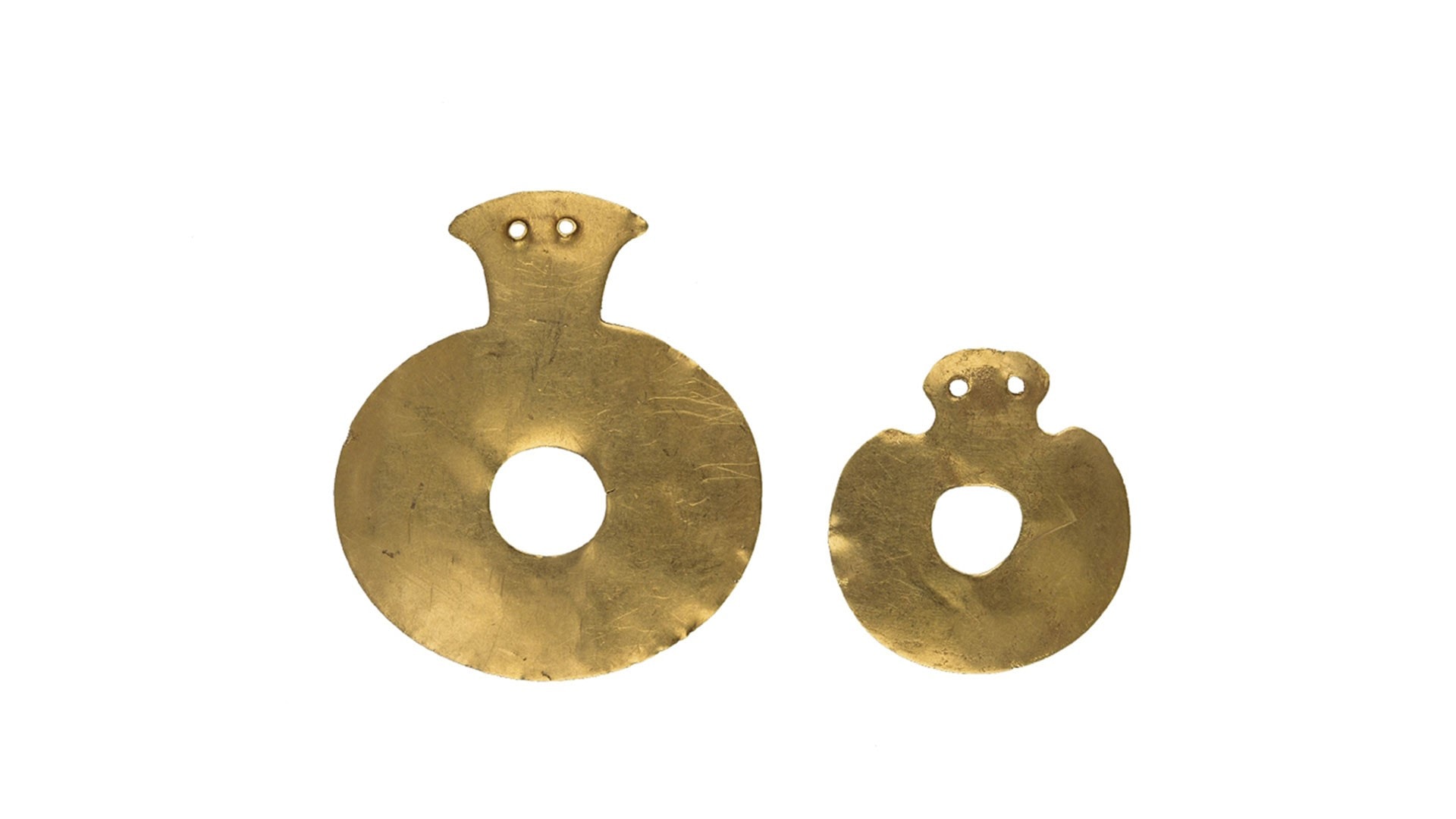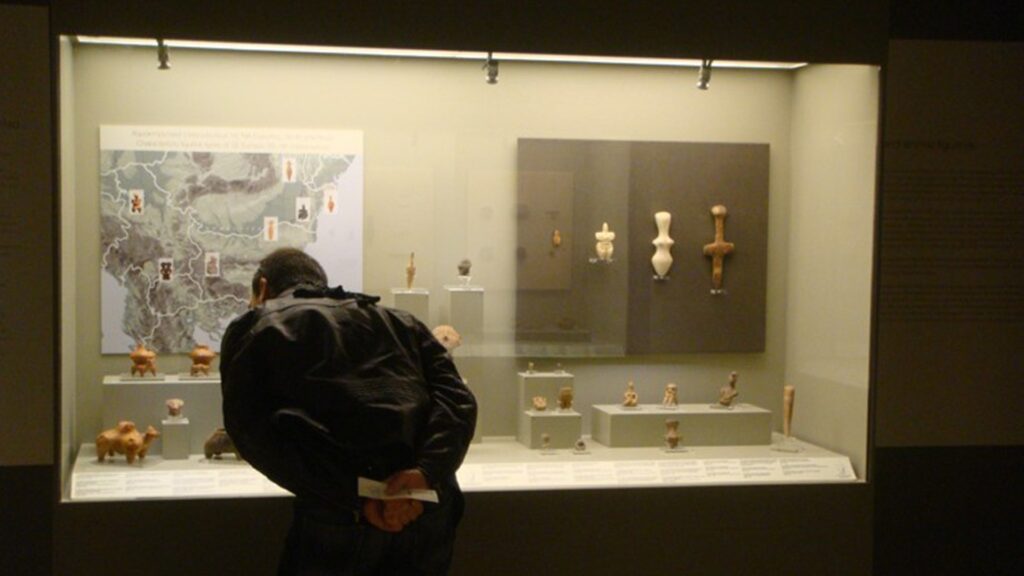The relations between Greece and the Balkans in the Neolithic period
ARCHAEOLOGICAL EXHIBITION
OCTOBER 7, 2010 UNTIL JANUARY 11, 2011

THE EXHIBITION
This presentation aimed at revealing the similarities and the differences that existed between Greece and other regions of SE Europe 7.000 ago, and to exploring developments in Greece within a wider historical and cultural framework.
The 5th millennium BC was a period of great development for Greek Neolithic communities. Settlements expanded singificantly and obtained internal structure, technology advanced considerably – mainly with the invention of metallurgy – and contacts with other regions increased dramatically.
The similarities that can be traced on various aspect of material culture with other parts of the Balkans are both numerous and intriguing. Several figurine types – especially from nothern Greece – have close morphological and decorative parallels in modern day Servia and Bulgaria. Copper metallurgy starts evidently here also at the beginning of the 5th millennium. A number of ornaments made of gold, silver, stone, clay or shell belong to types common throughout SE Europe. In pottery, there is a certain amount of similarity mainly in decorative styles.
What was the significance of those similarities? Were they the result of direct contact, exchange, common traditions or simply the reflection of prolongated cultural interaction throughout the so-called “Old Europe”? What happened in Greece when other Neolithic cultures of SE Europe started to decline at the beginning of the 4th millennium BC?
These are some of the questions treated in the exhibition and the associated publication (currently available only in Greek).
The exhibits came from the National Archaeological Museum at Athens, the Archaeological Museums of Thessaloniki, Philippi, Kavala, Drama, Serres, Volos, Larissa and Karditsa, the Archaeological Collection of Kastoria, the Neolithic Museum of Diros, the Ephorate of Palaeoanthropology-Speleology of Southern Greece, the Benaki Museum at Athens and the British School at Athens.
Among them, there were numerous clay and stone figurines, pottery, gold and silver ornaments, copper and stone tools, clay seals, and impressive house models. Some of these objects are presented for the first time in a large synthetic exhibition.
IMAGES
Curated by
Museum of Cycladic Art
Sponsor
Paul & Alexandra Kanellopoulos Foundation


